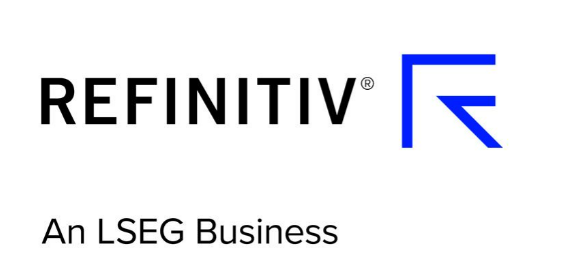Boost your returns with a buy-and-hold strategy
- 4 min reading time

‘Buying’ investments and ‘holding’ them for the long term, regardless of market fluctuations, is a simple, yet successful investment technique.
What you will learn
As its name suggests, a ‘buy and hold’ investment strategy involves buying investments and holding on to them, rather than trying to ‘time the market’ by buying low and selling high.
This is known as a ‘passive’ investment strategy because, unlike active trading, you’re not trying to profit from short-term changes in the market.
Instead, the theory assumes that the stock market goes up more often than it goes down, so your portfolio will increase in value over the long run. And, because you’re not constantly buying and selling investments, your overall fees will be lower.
Your chances of beating the market might be smaller than in an active investment approach, but costly mistakes are less likely.
Weighing up the evidence
Buy and hold has not always been the favoured strategy. An old trading adage – ‘sell in May and go away’ – was based on the idea that markets declined seasonally, between May and October.
Most research, however, now shows it is far better to buy and hold investments throughout all seasons. Since 1928, US stock market index S&P 500 has posted positive returns in May to October 64% of the time – only marginally lower than the 66% of positive returns in the November through April period.
Recent research by Prudential on how markets behave over the short and longer-term suggests the longer investments are held, the lower the risk of losing money. The likelihood of a loss when investing over one-year periods was 25.3%, compared with 2.5% over 10-year periods.
Passive investing has been proven to be particularly effective among certain fund categories. Analysis of US-focused funds by Morningstar shows actively-managed funds have, in general, underperformed their passive counterparts over the longer term.
Why compounding matters
Buying and holding investments helps investors to take advantage of compounding – reportedly described by Albert Einstein as the “greatest mathematical discovery of all time”.
Compounding describes the idea that when you earn interest and generate earnings on your investments, the next year you earn interest on both your original investment and the interest from the first year, and so on.
The longer you invest for, the more time there is for compound interest to take effect. The logic behind buy and hold is that compounding returns during the good times more than compensates for what are usually brief market downturn.
Avoiding trading mistakes
For any investor who tries to time the market – buying investments when prices are at rock bottom and selling them at their peak – there is always the possibility they could outperform their buy and hold peers.
But market timing is impossible to get right all the time, even for the experts. If you make a mistake, it could be very difficult to recover your losses.
If you combine buy and hold with regular investing by paying money into your portfolio each month, you can also benefit from pound-cost averaging (find out what this is here), which reduces your exposure to falling markets.
Risk notice
Any information provided should not be considered personal advice. Past performance is not a guide to future performance. You may not get back the full amount you invest. If you have any doubts about making your own investment decisions, seek financial advice.


























